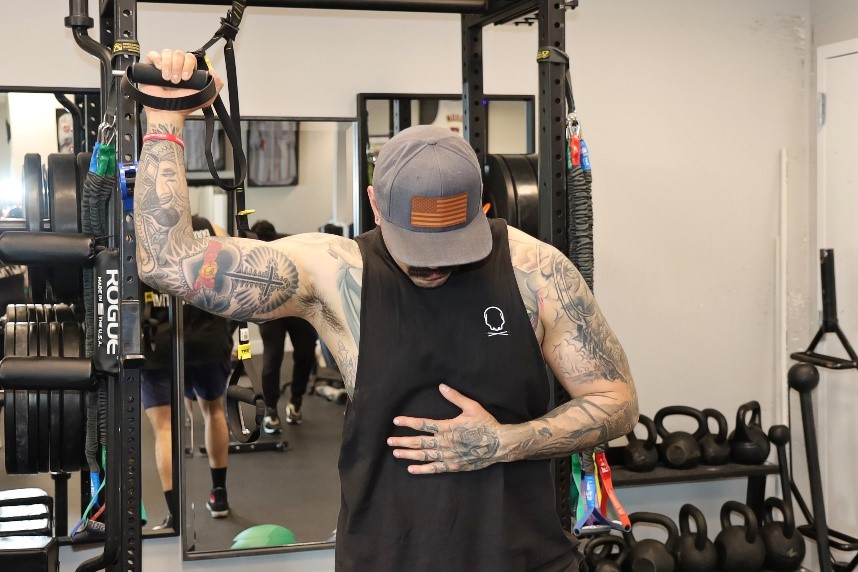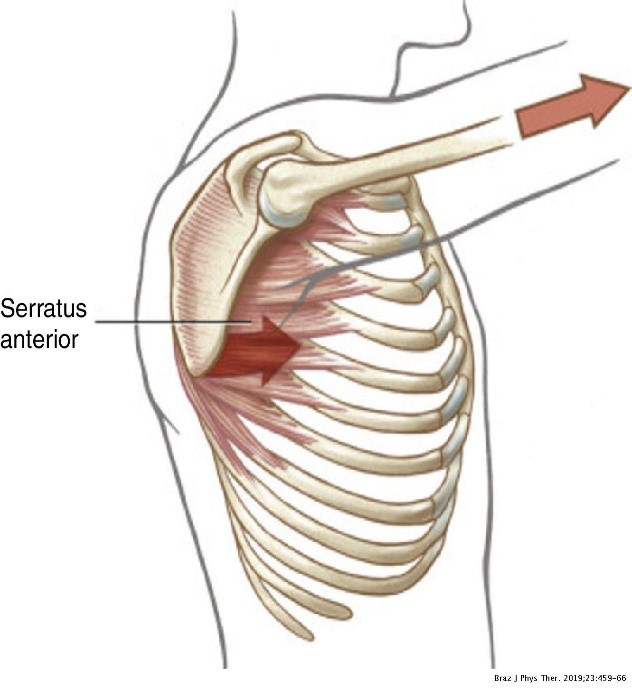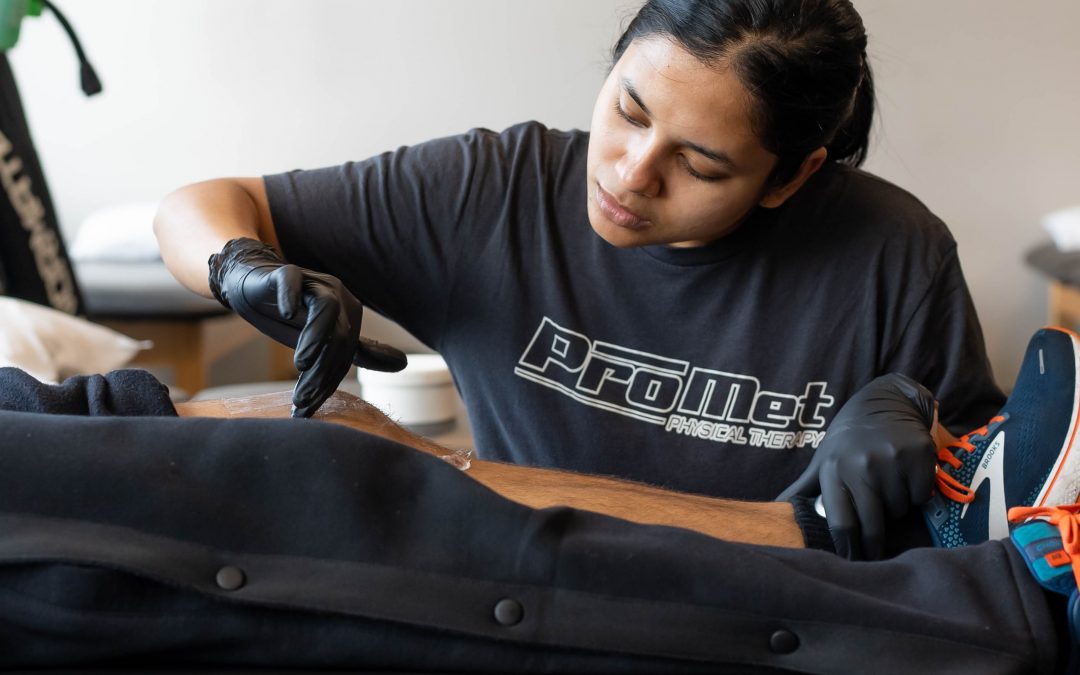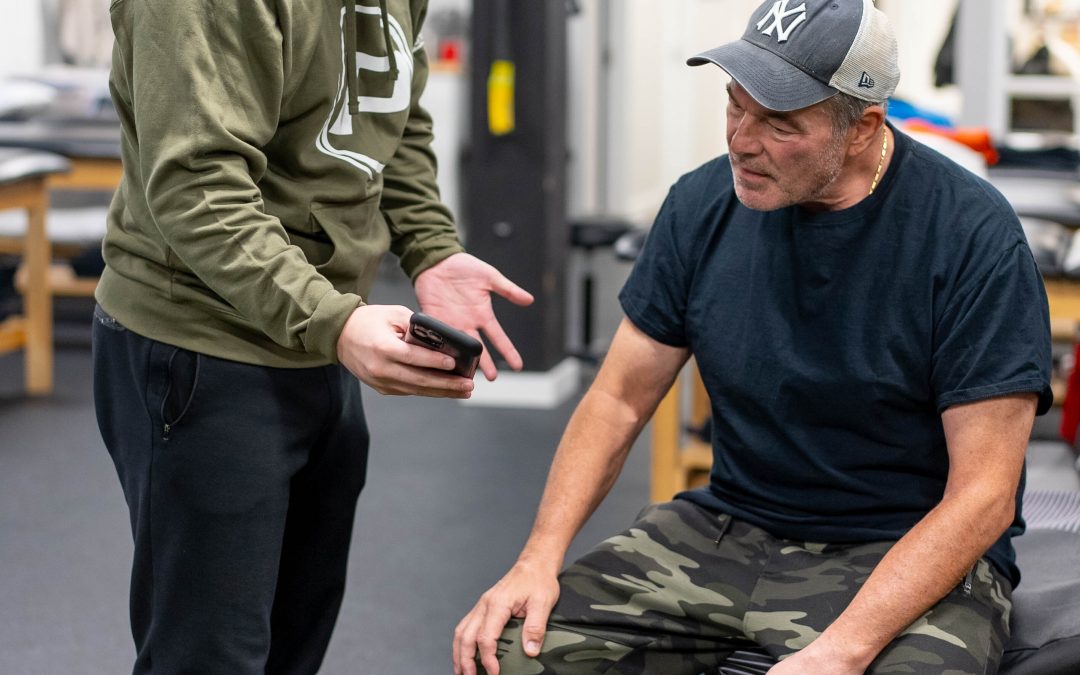When you think to yourself, Self, “What is the powerhouse of the shoulder?” The serratus anterior is probably not the first muscle that springs to mind. This blog will attempt to establish the vital role of the serratus anterior (SA) in the stability, function, and overall health of the complex shoulder region. Building up SA strength and understanding its role in movement are vital components for meeting the challenging demands of the complex movements of the shoulder. To get an idea of the importance of the SA, let’s examine its function during a demanding movement like throwing a baseball!
What Is the Serratus Anterior?
The SA is a fan-shaped muscle that extends from the outside of your ribcage and onto the underside of your scapula (shoulder blades). It’s aptly named after the Latin word “serratus,” meaning “saw-like,” due to its jagged appearance. This muscle is responsible for keeping the scapular pressed up, nice-and-tight, along the ribcage, as it glides along the ribs, supporting the ball-and-socket glenohumeral (shoulder) joint. Without good SA activation, the shoulder is hanging on for dear life, hurling through space, crying “Dear God, will you please have mercy on my shoulder ligaments?!”
What Does the Serratus Anterior Do When I Throw A Ball?
Upward Rotation: During the cocking-motion, the SA facilitates upward rotation of the scapula, which is crucial when raising the arm overhead, clearing room for all the rotator cuff muscles to pass through safely. The SA (facilitated by good ribcage and pelvic control) is arguably the most important muscle in ensuring that the scapula moves in harmony with the humerus (upper arm bone) to maintain healthy shoulder movement.
Shoulder Stability: The SA is responsible for maintaining stability of the scapula and ensuring that it maintains extremely close contact with the ribcage throughout the throwing motion. This “connection” is essential for the coordinated movement, and sequential distribution of tremendous forces, as the arm swings around the body during the release point of a throw.
 Force Distribution
Force Distribution
During this mid to late-stage phase of the throwing motion, when the arm is being sent forward, the SA must be actively engaged to slow down the scapula as it moves around the ribcage (protracts). This protraction or “following-through” is crucial for the shoulder to meet the repetitive demands of throwing forces.
Learn more about how you can improve your shoulder strength and stability with SA work, by calling ProMet PT today! Specializing in overhead athletes since 2007. Are You Read for The Ultimate PT Experience?




